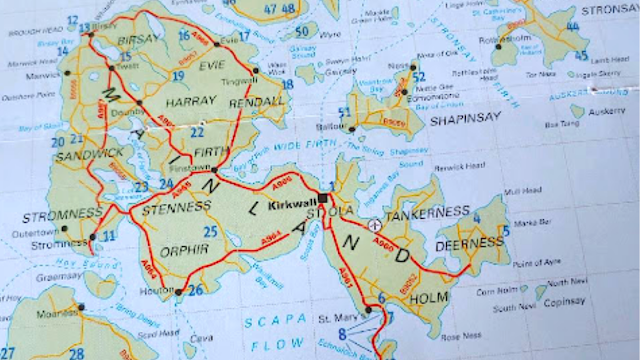MONTANA and GLACIER NATIONAL PARK

Montana is a very interesting State, called “Big Sky Country”. It is the 4 th State in the US in size after Alaska, Texas and California. There is plenty of space to roam around with five people per square mile. The Continental Divide is to the West with the Triple Divide Peak (8,025 feet) found in Glacier National Park. To the East, you find fertile plains allowing crops and cattle. The first cattle ranch was started in 1833 and rodeos are a part of the State entertainments. After the Civil War, ranchers grew and cattle drives were seen every year, travelling for weeks at the speed of 10 miles a day. Montana weather has warm and clear summer months with cold and snowy winters. HISTORY of the STATE. In the 18 th century, French trappers came and traded their furs with the Indians. In 1803 with the Louisiana Purchase, East Montana became a US Territory. From 1804 to 1806, Lewis and Clark were sent by President Jefferson to discover the West and find a route to the Pacific Oce...







